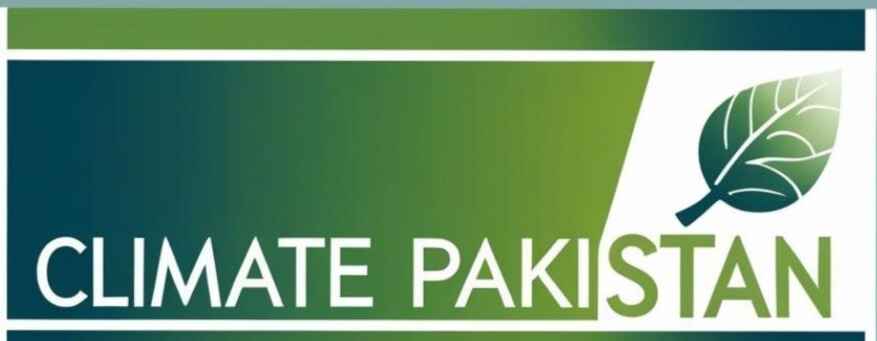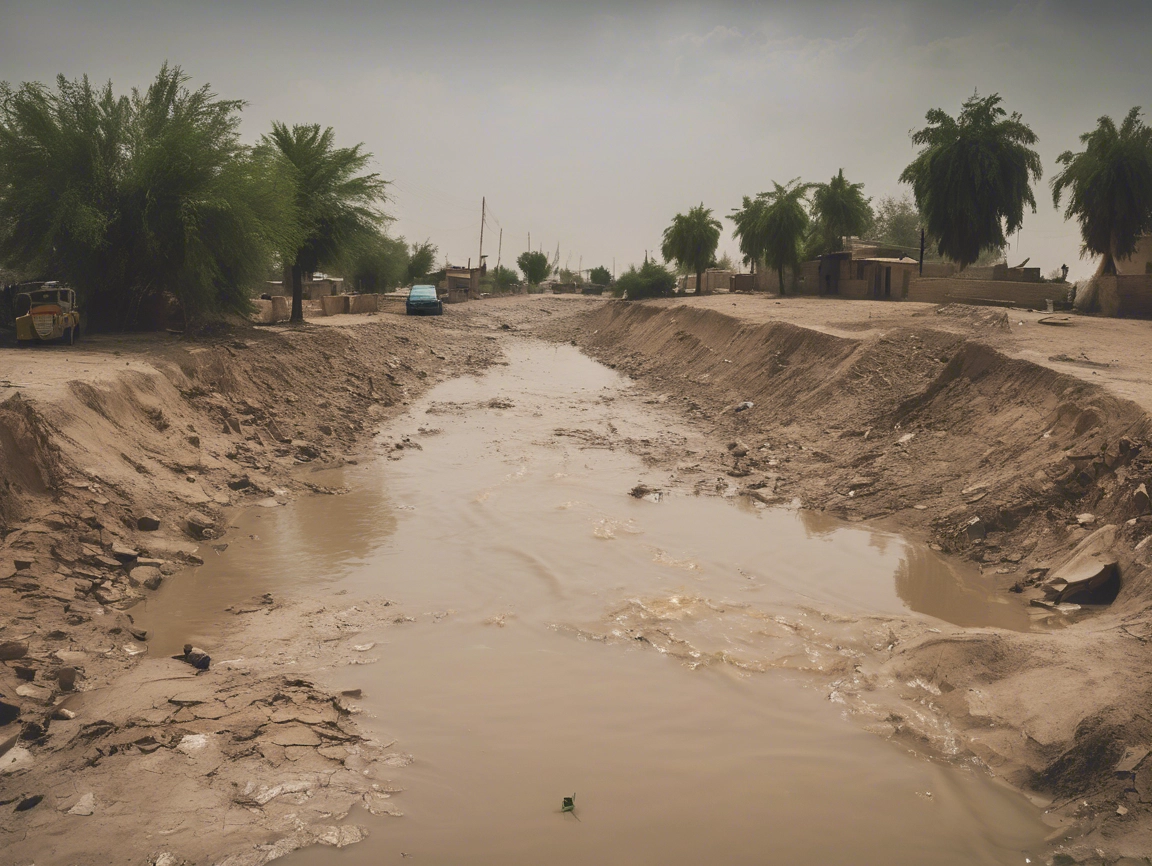Pakistan is one of the countries most vulnerable to climate change, despite contributing less than 1% of global greenhouse gas emissions. Rising temperatures, melting glaciers, extreme floods, and water scarcity are already disrupting lives, ecosystems, and the economy. The 2022 floods alone affected 33 million people, caused 1,700 deaths, and led to $30 billion in economic losses (World Bank, 2023).
This article examines the impacts of climate change in Pakistan and explores practical and policy-level solutions to mitigate the crisis.
Impacts of Climate Change in Pakistan
1. Rising Temperatures and Heatwaves
Pakistan has experienced record-breaking heatwaves, with temperatures exceeding 50°C in some regions. According to the Pakistan Meteorological Department (PMD), the frequency of heatwaves has increased by 30% in the last two decades.
- Human Impact: Extreme heat leads to heatstroke, dehydration, and increased mortality, especially among laborers and the elderly.
- Economic Impact: Reduced labor productivity, crop failures, and higher energy demands for cooling strain the economy.
2. Melting Glaciers and Water Scarcity
Pakistan has over 7,000 glaciers, the most outside the polar regions. Due to global warming, these glaciers are melting rapidly, increasing flood risks in the short term and water scarcity in the long term.
- Environmental Impact: Glacial lake outburst floods (GLOFs) threaten communities in Gilgit-Baltistan and Khyber Pakhtunkhwa.
- Economic Impact: Agriculture, which relies on glacier-fed rivers, faces uncertainty as water supplies dwindle.
3. Devastating Floods
The 2022 monsoon floods submerged one-third of Pakistan, destroying 2 million homes and 4.4 million acres of crops. Climate change has intensified rainfall patterns, making such disasters more frequent.
- Human Impact: Millions were displaced, with women and children facing heightened risks of disease and malnutrition.
- Economic Impact: Infrastructure damage, loss of livestock, and disrupted supply chains cost billions in recovery efforts.
4. Droughts and Water Scarcity
While some regions face floods, others, like Sindh and Balochistan, suffer prolonged droughts. The Indus River, Pakistan’s primary water source, is under stress due to reduced glacial melt and overuse.
- Agricultural Impact: Farmers struggle with failed crops, leading to food insecurity and rural poverty.
- Social Impact: Water conflicts between provinces and communities are increasing.
Solutions to Pakistan’s Climate Crisis
1. Transition to Renewable Energy
Pakistan relies heavily on fossil fuels, but shifting to renewables can reduce emissions and energy costs.
- Solar and Wind Power: The Quaid-e-Azam Solar Park (1,000 MW) is a step forward, but more investment is needed.
- Hydropower Expansion: Dams like Diamer-Bhasha can provide clean energy while managing water flow.
2. Sustainable Agriculture Practices
Agriculture consumes 90% of Pakistan’s water, but inefficient irrigation (flood irrigation) wastes resources.
- Drip Irrigation: Saves up to 60% water compared to traditional methods.
- Climate-Resistant Crops: Developing drought-tolerant wheat and rice varieties can secure food production.
3. Reforestation and Ecosystem Restoration
Pakistan has one of the lowest forest cover rates (5%) in the region. Initiatives like the 10 Billion Tree Tsunami aim to restore forests, which absorb CO₂ and prevent soil erosion.
- Urban Green Spaces: Cities like Lahore need more trees to combat heat islands.
- Mangrove Restoration: Coastal mangroves in Sindh protect against storms and sequester carbon.
4. Government Policies and Reforms
Stronger climate policies are essential for long-term resilience.
- Climate Adaptation Funds: Pakistan secured $9 billion at COP27 for recovery, but transparent usage is crucial.
- Disaster Preparedness: Early warning systems and flood-resistant infrastructure can save lives.
- Carbon Pricing: Taxing polluting industries can fund green projects.
Conclusion
Pakistan faces severe climate threats, but proactive measures can mitigate the damage. Transitioning to renewable energy, adopting sustainable farming, expanding forests, and enforcing strong policies are vital steps. International support and local action must go hand-in-hand to secure a livable future for Pakistan.
Call to Action
- Individuals: Conserve water, plant trees, and reduce carbon footprints.
- Government: Enforce climate laws and invest in green technology.
- Global Community: Provide climate financing and technology transfers.
By acting now, Pakistan can build resilience against climate change and protect its people and environment.
References
- World Bank. (2023). Pakistan Floods 2022: Damage and Needs Assessment.
- Pakistan Meteorological Department (PMD). (2023). Climate Data Reports.
- UNDP. (2022). Pakistan’s Climate Crisis: Challenges and Solutions.


